Ultralight Fishing for Largemouth Bass: Spring to Summer Seasonal Strategies
When it comes to ultralight fishing for largemouth bass, spring and summer are seasons full of opportunity and excitement. Whether you’re a seasoned angler or just starting out, having a clear strategy for the spring-to-summer transition can make all the difference. This blog is here to walk you through it step by step.
First, we’ll focus on spring bass fishing tips. Together, we’ll explore where the bass are hanging out during the warmer spring months, what they’re up to, and how you can use that knowledge to your advantage. We’ll break down what the largemouth bass are doing as they prepare for their spawn and how their behavior impacts their feeding patterns. Plus, you’ll get a detailed look at the best ultralight fishing techniques for success during this time, including which top ultralight fishing baits for spring bass will yield the best results.
Then, we’ll shift gears to summer. We’ll cover what happens when the post-spawn period ends, where bass head to as the temperatures rise, and how to adapt your approach. You’ll learn how to catch bass in spring and summer with the right lures, techniques, and ultralight fishing gear for bass. From beginners' tips to expert strategies, we’ll prepare you to fish largemouth bass in shallow water to warmer summer depths seamlessly.
By the end of this guide, you'll be ready to tackle the challenges of transitioning bass fishing from spring to summer like a pro. Let's get started!
Table of Contents
- Spring Strategies for Largemouth Bass
- Where Are the Bass in Spring?
- What Are the Bass Doing in Spring?
- Best Spring Ultralight Lures for Largemouth Bass
- Tips For Spring Success
- Summer Strategies for Largemouth Bass
- Where are Largemouth Bass hiding in Summer
- What are Bass Doing in Summer?
- Best Summer Ultralight Lures for Largemouth Bass
- Summer Tips for Catching More Largemouth Bass
- Why Choose an Ultralight Setup When Targeting Largemouth Bass?
- Final Thoughts
Spring Strategies for Largemouth Bass
Spring is such an exciting time to be on the water. Warming waters and longer daylight hours mean one thing for anglers like us—it's prime time for fishing largemouth bass in spring! During this season, largemouth bass shake off their winter sluggishness and start feeding actively as they prepare for the spawn. It’s the perfect opportunity to try ultralight fishing for largemouth bass, which makes every catch all the more rewarding. I’ll share some spring bass fishing tips, including my favorite ultralight fishing techniques and the best ultralight lures for largemouth bass, so you’re ready to reel them in!
Where Are the Bass in Spring?
Spring is an exciting season for anglers targeting largemouth bass. One of the key seasonal bass fishing strategies is knowing where to find them as they prepare to spawn. During this time, bass instinctively migrate to shallower areas, making them easier to locate if you understand their behavior. Here’s where to focus your efforts:
-
Coves and Backwaters
Largemouth bass favor coves and quiet backwaters in spring. These areas tend to have calmer water, ideal for spawning. Look for spots protected from strong winds, as these will warm up faster and attract bass earlier in the season.
-
Shallow Flats with Structure
Flats with submerged timber, vegetation, or brush piles are prime locations for fishing largemouth bass in shallow water. Bass prefer staying close to cover during the spawn, as it gives them protection and nearby ambush points for feeding.
-
Soft, Sandy, or Gravelly Bottoms
Focus on areas with sandy or gravelly lake or river bottoms. These are preferred spawning grounds for bass because they offer a stable surface for nests. Keep an eye out for beds or circular clearings, signs that fish are actively preparing for the spawn.
-
Transitions Near Deep Water
Bass often stage near drop-offs before moving shallow. Early in the season, explore areas where deep water meets shallow flats. These are hotspots for staging bass that are waiting for temperatures to rise.
When ultralight fishing for largemouth bass, start with spring bass fishing tips like these to locate fish in prime spawning areas. Equipped with the right ultralight fishing gear, you’ll increase your odds of success, whether you’re a pro or trying beginner tips for ultralight fishing. By zeroing in on these locations, you’ll spend less time guessing and more time reeling in trophy fish!
What Are the Bass Doing?
Spring is an incredible time to understand largemouth bass behavior, as their activities shift dramatically throughout the season. Knowing their patterns during the pre-spawn, spawn, and post-spawn phases helps you refine your approach and make the most of your time on the water. Here’s what’s happening beneath the surface:
-
Pre-Spawn
Early in spring, bass fuel up for the energy-intensive spawning process. During this phase, they’re hungry and aggressive, chasing baitfish, crawfish, and other small prey. This is prime time for ultralight fishing for largemouth bass, as their higher activity levels mean more strikes. Focus your efforts near transition zones where deep water meets shallow flats. Use top ultralight fishing baits for spring bass, such as jerkbaits, finesse worms, or small spinnerbaits, to match the small prey bass are targeting.
-
Spawn
When the water warms to spawning temperatures (usually around 55–65°F), bass turn their attention to creating and protecting nests. Look for shallow areas with sandy or gravelly bottoms. Males build and defend these nests while females hover nearby to deposit eggs. During this time, bass are territorial and will strike intrusions out of instinct rather than hunger. Spring bass fishing tips for this phase include using slow-moving, visible lures like soft plastics to provoke bites.
-
Post-Spawn
After spawning, females retreat to slightly cooler, deeper water to recover while males stay behind to guard the fry. This is when fishing largemouth bass in shallow water works best, with males actively defensive near nesting zones. Use beginner tips for ultralight fishing, like casting small topwater or popper lures, to mimic vulnerable prey.
Understanding these phases is critical to mastering seasonal bass fishing strategies. With the right ultralight fishing gear and techniques, you can stay adaptable and productive throughout the entire spring season!
Lures to Use in Spring
When it comes to ultralight fishing for largemouth bass in spring, choosing the right lures can make all the difference. With the bass shifting into pre-spawn, spawn, and post-spawn phases, you need versatile options ready for any situation. Here are some of my go-to spring bass fishing tips for lures:
-
Small Soft Plastics
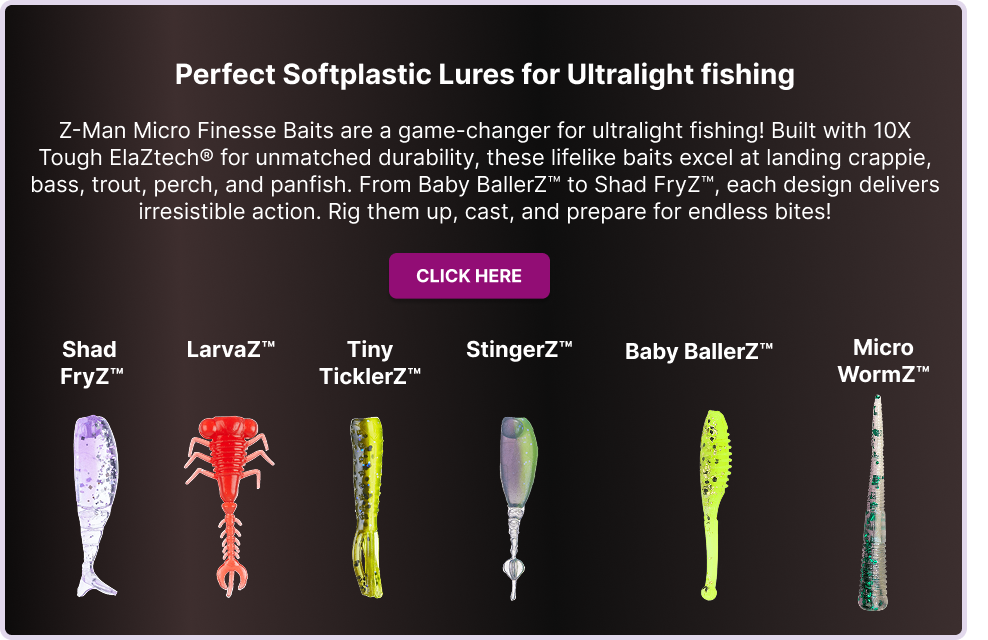
I always keep tiny creature baits or 2- to 3-inch worms in my tackle box. Rig these on lightweight finesse setups like a drop shot or Ned rig. During the spawn, carefully drop them around bass beds for a natural and subtle presentation that doesn’t spook your target. -
Jigheads with Grubs
A small jighead paired with a curly tail grub is one of the best ultralight lures for largemouth bass. Slowly hop or drag this combo along the bottom to mimic small baitfish, which are an easy meal for hungry bass during pre- and post-spawn.
-
Hard Baits
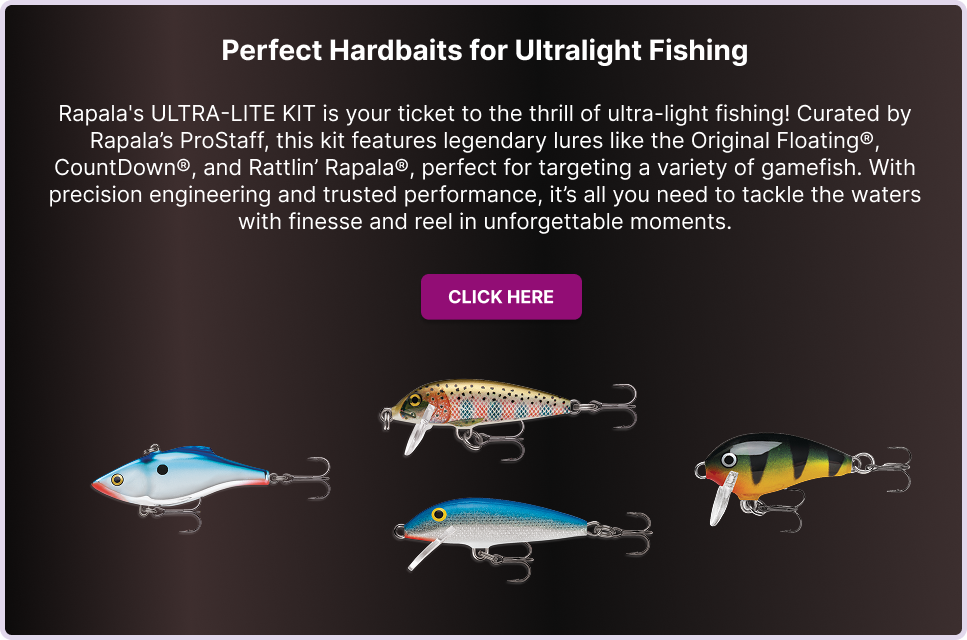
When I’m covering more water in search of active fish, I rely on miniature crankbaits and jerkbaits. These hard baits work wonders during pre- and post-spawn, especially in natural color patterns like shad or bluegill.
Tips for Spring Success
Use polarized sunglasses to spot bass beds from a distance without disturbing the fish. Keep your distance! Bass can spook easily during spring, so make soft presentations.
Match your lure color to the water clarity. Use natural tones in clear water and brighter hues in stained or murky water. With the right lures and these simple ultralight fishing techniques, you’ll unlock the seasonal bass fishing strategies needed to make each cast count. Get ready to enjoy fishing largemouth bass in shallow water throughout this exciting time of year!
Summer Strategies for Largemouth Bass
Summer can be a tricky season for ultralight fishing, but if you’ve followed how largemouth bass behave in spring, you’re already one step ahead. Understanding their seasonal transition helps explain the subtle (and not-so-subtle) changes you’ll notice as temperatures climb and water conditions shift.
When summer arrives, higher water temperatures push bass into predictable behavior patterns. Bass will often retreat to deeper, cooler water to escape the heat during the day, moving only during low-light times like early morning, late evening, or even at night. This shift means the shallow-water action we enjoy in spring dwindles, but it doesn’t disappear entirely. It just takes a little extra planning and adjustment.
Here are some tips to refine your seasonal bass fishing strategies for summer:
-
Focus on Cooler, Shaded Spots
Look for areas with natural cover like docks, overhanging trees, lily pads, or submerged vegetation. These provide shade and slightly cooler water that bass will flock to. When ultralight fishing for largemouth bass, small weedless soft plastics or lighter jigs are perfect for exploring these tight spaces.
-
Fish During Optimal Times
Bass are most active during cooler parts of the day. Dawn and dusk are your prime windows. If you’re transitioning bass fishing from spring to summer, consider scaling back daytime outings and focusing on these productive periods.
-
Adapt to Deeper Waters
Invest in ultralight fishing techniques that reach fish suspending in deeper water. Drop shot rigs or micro crankbaits work great for targeting bass hanging off ledges or drop-offs.
By understanding what largemouth bass did in spring, like their tendency to stay shallow for spawning, you’ll know why they head for deeper, cooler waters in the summer. Adjust your ultralight fishing gear and approach, and you’ll keep reeling them in even in the heat!
Where Are the Bass in Summer?
Summer bass fishing comes with its challenges, but knowing where to find largemouth bass in warm weather is half the battle. As water temperatures rise, their behavior shifts, and adapting your approach becomes key. Here’s what I’ve learned about tracking these fish during the hotter months.
During the middle of the day, bass tend to retreat to cooler, deeper spots to escape the heat. This is where your seasonal bass fishing strategies really comeinto play. Here are the prime locations to target:
-
Shaded Areas
Seek out spots under docks, bridges, or overhanging trees. Bass stick to shaded areas where the water temperature is slightly cooler. When ultralight fishing for largemouth bass here, weedless soft plastics and finesse jigs can be especially effective in tight, covered spaces.
-
Deeper Structure
Submerged logs, rock piles, and drop-offs serve as perfect resting spots for bass during the heat of the day. Lightly weighted jigheads or drop shot rigs are ideal for reaching these depths without spooking the fish.
-
Shallows in Low-Light Periods
Early mornings and late evenings are gold mines for catching active bass. This is when they move into the shallows or rise closer to the surface, hunting for food. Try ultralight crankbaits or topwater lures to mimic their prey during these times.
If you’re transitioning bass fishing from spring to summer, remember that mornings and evenings will feel similar to spring patterns. But as the sun rises, the deeper water and shaded areas become the focus.
By learning how to catch bass in spring and summer and adjusting ultralight fishing techniques to match the heat, you’ll discover that summer bass fishing can be just as thrilling as any other season!p>
What Are the Bass Doing in Summer?
Summer fishing for largemouth bass isn’t just about casting your line and hoping for the best. To up your game, you need to understand what the bass are doing as the temperatures climb. Their behavior revolves around two key factors in summer: time of day and feeding habits.
Bass are most lively during the cooler parts of the day, such as early morning or late evening. This is when you’ll find them cruising shallows or ambushing prey near the surface. Midday, however, tells a different story. When the sun is high and the water heats up, bass become lethargic, sticking close to cover like docks, rock piles, or submerged vegetation. They’re less likely to chase prey actively but will strike if an easy meal comes close enough.
Here’s a deeper look at summer bass habits to fine-tune your seasonal bass fishing strategies:
-
Early Morning and Late Evening Activity
These are the best times to target hungry bass. They come out of their daytime hideouts to feed heavily. I often use ultralight crankbaits or topwater lures to imitate baitfish, my go-to prey match for these active periods.
-
Lethargy in the Heat
Around midday, aim for shadowy spots or deeper structures. Soft plastics rigged weedless or lightly weighted jigs work wonders to tempt bass hiding out in these cool, covered areas.
-
Summer Feeding Habits
During warm weather, bass focus on easy-to-catch meals like baitfish, small crayfish, and insects. Matching your ultralight fishing lures to these food sources increases your odds significantly.
Knowing how bass adjust during the summer heat can make or break your success. By sticking to cooler activity windows and mimicking their favorite meals, you’ll master how to catch bass in spring and summer alike.
Lures to Use in Summer
When summer rolls around, ultralight fishing for largemouth bass becomes even more exciting. With the right lures and techniques, you can target bass of all sizes, even in the heat. I’ve found that a finesse presentation is crucial, as bass in warm weather can sometimes be picky about their meals. Here are my go-to summer lures and how I use them:
-
Topwater Lures
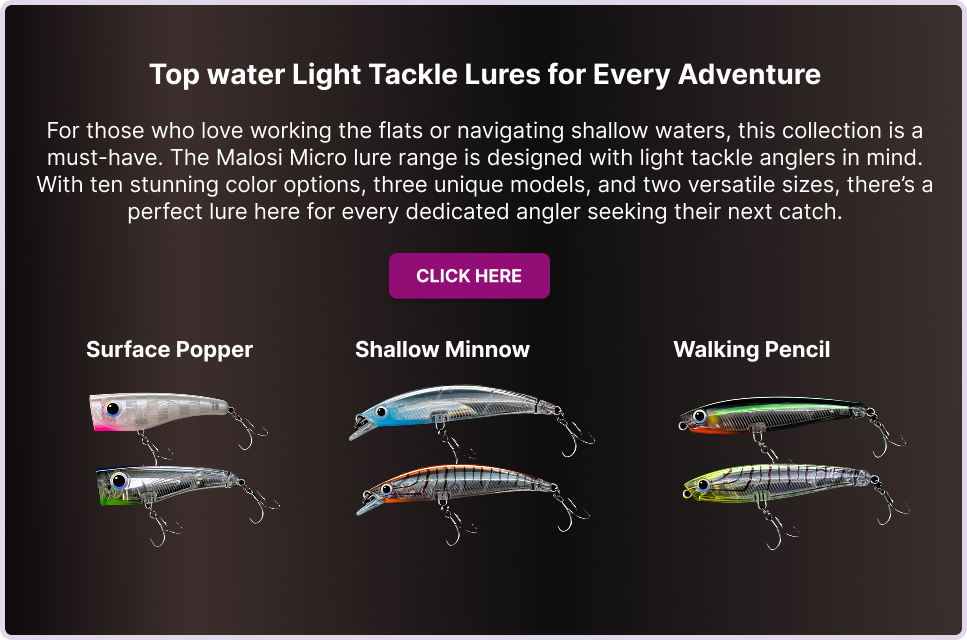
Early mornings and late evenings are prime times for topwater action. Small poppers and ultralight frogs are perfect for mimicking distressed prey like insects or small baitfish on the water’s surface. I’ve had great success tossing these near lily pads or overhanging branches where bass might ambush. -
Inline Spinners
If you’re fishing open water for more active feeders, inline spinners are hard to beat. Their flashy blades and steady vibration attract bass from a distance. These lures are great for covering water and finding schools of fish quickly.
-
Drop Shot Rigs
To target bass hiding in deep, cool structures during the midday heat, a drop shot rig works wonders. I rig a small soft plastic minnow or worm about a foot above the weight and suspend it just off the bottom. This subtle presentation often gets strikes when other methods fail.
-
Micro Jigs
When working through dense vegetation or brush piles, micro jigs punch through without overpowering ultralight gear. Pair them with a soft plastic trailer to entice even the most cautious bass hiding in heavy cover.
By selecting the best ultralight lures for largemouth bass and tailoring your approach to the season, you’ll not only catch more fish but also learn how to catch bass in spring and summer effectively. Summer bass fishing with such light tackle is truly a skill worth mastering!
Tips for Summer Success
Summer bass fishing requires a little extra strategy, but the rewards are worth it. Over the years, I’ve learned that tweaking your approach can lead to more success, even when the temperature climbs. Here are some key tips that I rely on during summer fishing trips:
-
Focus on Low-Light Windows
Early mornings, late evenings, or overcast days are your best bets for active bass. During these times, they move into the shallows or closer to the surface, making them easier to target. I love using topwater lures in these moments to take advantage of their increased activity.
-
Slow Down Your Retrieve
When the heat makes bass sluggish, a slower retrieve can be incredibly effective. Whether I’m working a soft plastic worm or an inline spinner, I reduce my speed to give the fish more time to react and strike.
-
Identify Cooler Pockets of Water
One of the best ways to improve your summer bass fishing is by finding cooler pockets of water. During the peak heat, bass often seek out these areas to stay comfortable and conserve energy. Shaded coves, overhanging trees, and deeper sections of the water are prime spots where the temperature tends to drop slightly.
By paying attention to these cooler zones, you can significantly increase your chances of finding larger, resting fish. Observing the environment, such as areas with consistent shade or spots where deeper water is accessible, can help you pinpoint these bass hotspots. Cooler water pockets are a game-changer when the summer sun is blazing!
Why Choose an Ultralight Setup When Targeting Largemouth Bass?
Ultralight fishing for largemouth bass is one of my favorite ways to fish, and for good reason. The lightweight rods, small reels, and thin lines completely transform the experience, adding a whole new level of excitement and finesse. Even bass on the smaller side feel like a trophy when you’re using an ultralight setup, making every catch more thrilling.
One standout benefit is the precision it offers. With smaller baits and lighter lines, you can deliver delicate presentations that are perfect for tempting finicky bass, especially during tricky post-spawn periods. Compared to heavier setups, ultralight gear allows you to stay stealthy and avoid spooking fish in shallow water or near heavy vegetation.
Another major advantage is its versatility. Whether you’re fishing for largemouth bass in the spring or transitioning to summer tactics, ultralight rods handle a variety of seasonal bass fishing strategies with ease. You can seamlessly switch between techniques like drop shots, micro jigs, and topwater presentations. The fun challenge of landing big bass on light tackle is unmatched, and it keeps you on your toes, improving your overall angling skills.
If you’re looking for an engaging experience and better results, an ultralight fishing setup is worth adding to your gear lineup.
Final Thoughts
Mastering seasonal bass fishing strategies with ultralight techniques is as rewarding as it gets. From the cool, crisp mornings of spring to the heatwaves of summer, the challenges keep me coming back for more. The thrill lies in understanding the bass’ patterns and figuring out how to trigger a strike with the best ultralight lures for largemouth bass.
Whether you’re a seasoned angler or just beginning your journey, this approach helps you sharpen your skills and appreciate every element of the sport. From targeting post-spawn bass to fishing shallow water under low-light conditions, there’s always a new challenge to tackle.
Ultimately, ultralight fishing for largemouth bass invites you to slow down, focus, and connect deeply with the water and the fish. Gear up, stay patient, and enjoy every strike, fight, and victory along the way. Each trip becomes a memorable adventure!







.png)


 1.png)
 1.png)





.png)
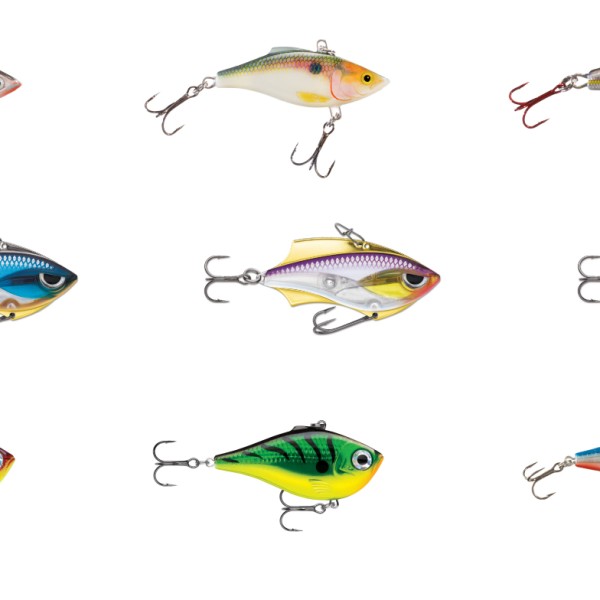
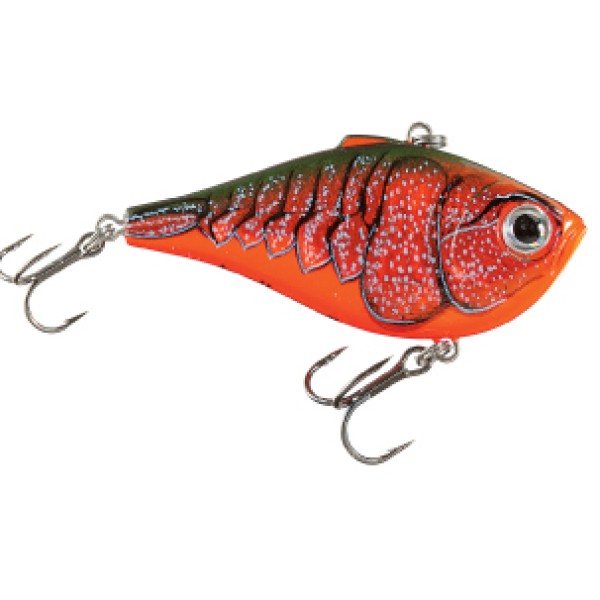
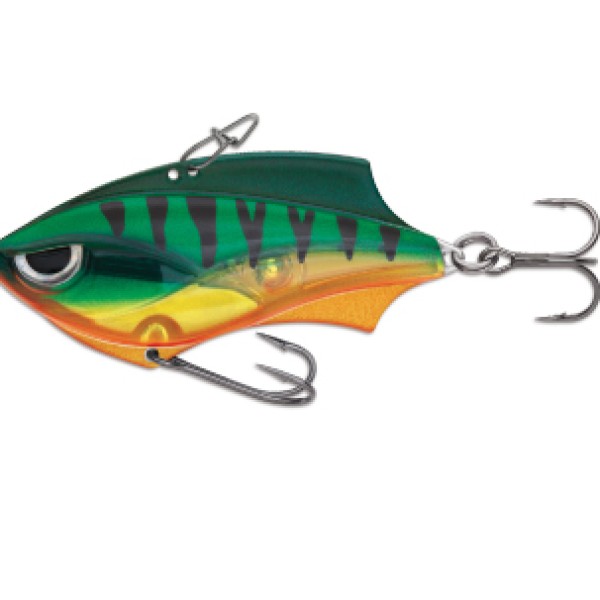
 Newsletter
Newsletter

